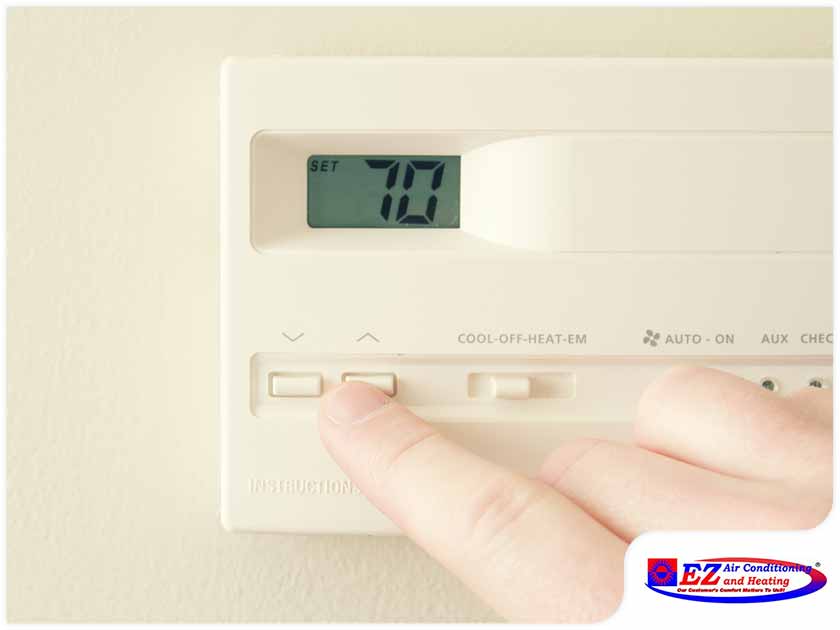As winter drapes its cold mantle over the landscape, homes worldwide often turn to their heating systems for warmth and comfort. Within the realm of heating systems, one term frequently emerges in discussions about efficient temperature regulation: auxiliary heat. To understand this concept fully, we must embark on a journey that traverses the mechanics of heating, the nuances of energy efficiency, and the emotional solace derived from a cozy abode.
Auxiliary heat, often referred to as supplemental heat, serves as an essential component in certain heating systems, particularly heat pumps. To illustrate its function, consider a protective fortress defending against the onslaught of winter’s icy breath. The primary line of defense, akin to the heat pump, relies on a variety of sources to draw warmth from the environment. However, when the temperature dips below a certain threshold, this primary defense may falter. Thus, auxiliary heat emerges as the steadfast sentry, ready to bolster the fortress’s defenses and ensure the invaders of cold do not breach the walls of comfort.
Heat pumps, celebrated for their energy efficiency, excel in extracting heat from the air or ground outside and transferring it indoors. This process resembles a magical transmutation, turning frigid outdoor air into comforting warmth. Yet, as the mercury drops, these systems can struggle to obtain sufficient heat. It’s at this juncture that auxiliary heat activates, stepping in to provide the necessary support and maintain a steady indoor temperature.
Understanding auxiliary heat delves deeper into thermodynamics. The characteristics of heat pumps necessitate an auxiliary system for performance optimization in colder climates. Typically, electricity powers this supplementary heating component. While this transition from efficiency to dependency may appear counterintuitive, it serves a critical role. Auxiliary heat sources can take various forms, including electric resistance heating (baseboards or strip heaters), gas furnaces, or even radiant floor heating systems. Each option provides a distinct flavor of warmth, akin to the varying ingredients of a sumptuous stew, with each bringing a unique contributor to the overall dish.
The activation of auxiliary heat can evoke mixed feelings among homeowners. While it ensures comfort during the harshest winters, it often brings concerns about escalating energy bills. The beauty in this delicate balance lies in the understanding of an integrated heating system’s game plan. Ideally, an energy-efficient heat pump should minimize the reliance on auxiliary heat, cycling through its stages to maximize fuel economy.
Auxiliary heat renders itself invaluable not just during deep freezes but during transitional seasons as well. During those atypical cold snaps in early spring or late autumn, when temperatures fluctuate dramatically, auxiliary systems ensure that the indoor climate remains a safe haven. Picture a gentle quilt under which one can retreat, shielding against the sharpness of unpredictable weather.
Moreover, today’s advanced heating systems often come equipped with smart technology designed to modulate the use of auxiliary heat intelligently. These systems can anticipate outdoor temperatures and adjust accordingly, seamlessly integrating into the daily rhythm of life. Imagine a maestro orchestrating a symphony, where every instrument plays its part in harmony—this is how intelligent heating automation refines comfort levels throughout the home.
It is essential to recognize that the use of auxiliary heat does not merely connote energy inefficiency. On the contrary, it can signify savvy management of temperature control, a critical element for homes in climates where chill permeates the air for extended periods. Homeowners may find reassurance in knowing that their auxiliary systems are there, like a reliable safety net, ready to catch guests unprepared for the sudden drop in temperature.
Furthermore, understanding the operational dynamics of auxiliary heat can prepare homeowners for potential malfunctions. If auxiliary heat kicks in too frequently, it may indicate underlying issues with the primary heat pump. Just as a guardian angel may alert one to danger, this mechanical behavior serves as a signal, prompting necessary investigations or maintenance. Regular upkeep of heating systems plays a vital role in maintaining their efficiency, reinforcing the notion that comfort is not solely about warmth but about the resilience of the systems upon which we depend.
As energy demands grow and sustainability becomes ever more critical within our narratives, the exploration of auxiliary heat takes on a transformative significance. Advances in technology may pave the way for more efficient auxiliary systems, enabling them to harness renewable energy sources like solar or wind power. The home itself could evolve into a living organism, interactive and responsive to the natural world around it, if we learn to wield these tools with intention.
Ultimately, auxiliary heat represents more than mere mechanics; it symbolizes survival during the winter months. It provides the illusion of safety, a warm hug against the cold, and comfort amidst severity. For the homeowner, understanding the dichotomy of energy usage and comfort—like the bittersweet taste of dark chocolate—encourages conscious decisions for efficiency while allowing for those moments of indulgence in warmth.
In essence, auxiliary heat is the steadfast companion that ensures comfort remains within reach. As winter’s chill lunges at our homes, perhaps it is the hidden power of auxiliary heat that allows us to truly enjoy the beauty of the seasons—safe, warm, and embraced by comfort.
